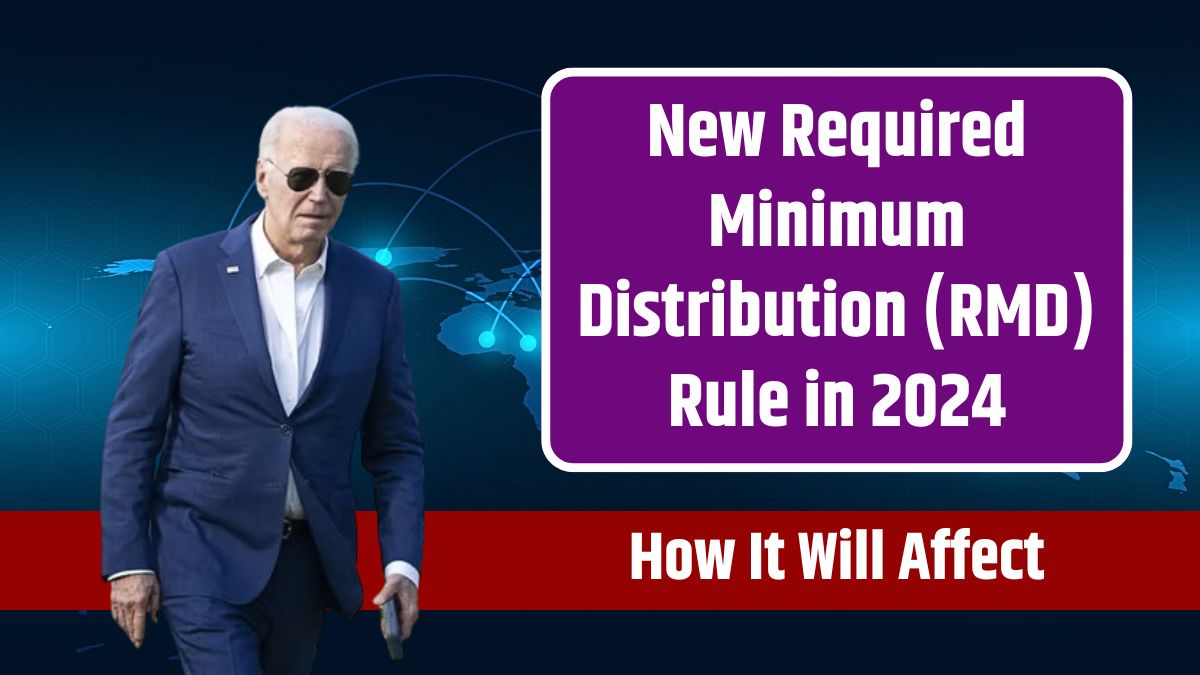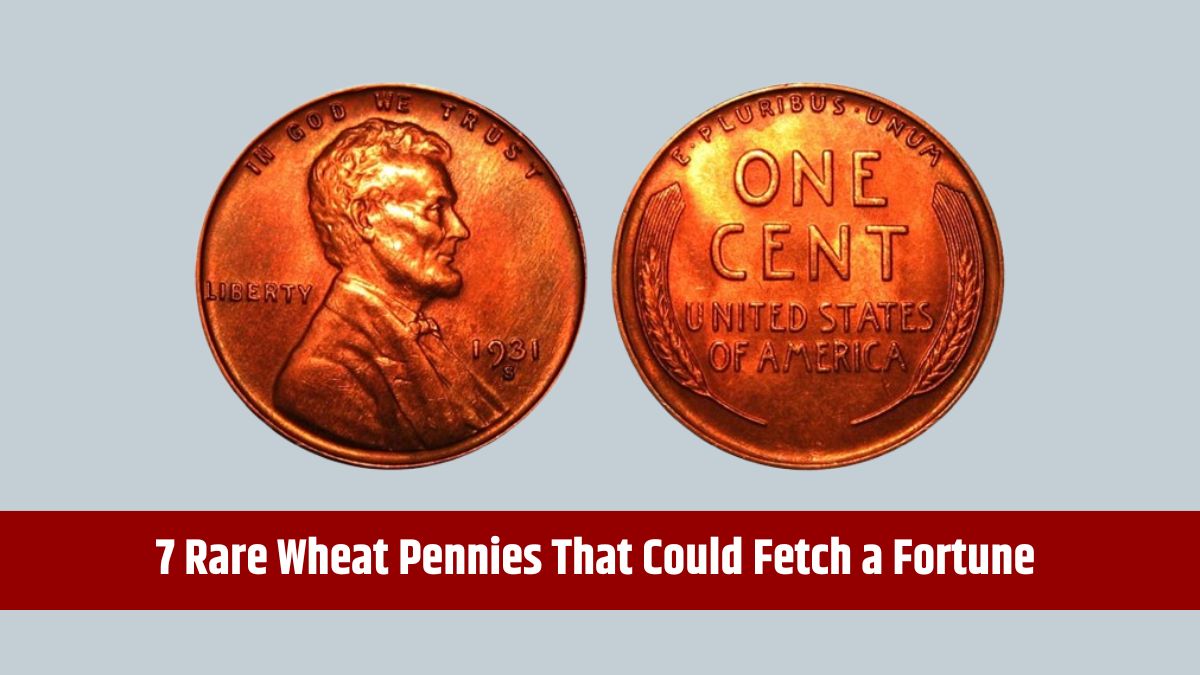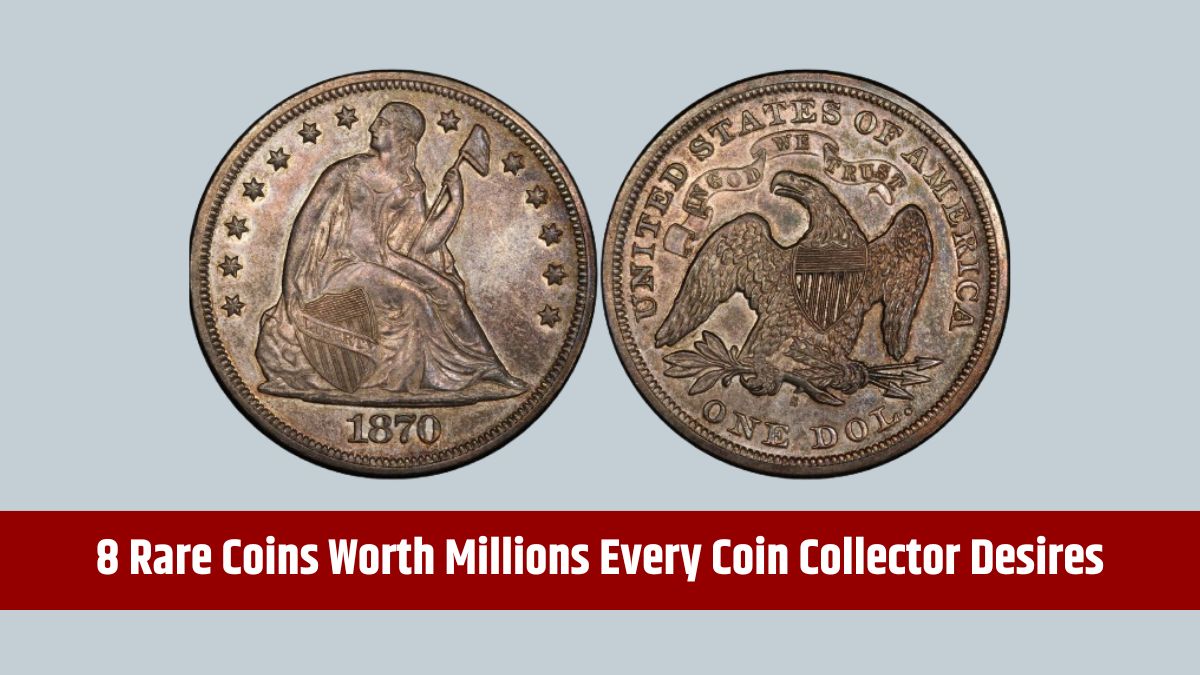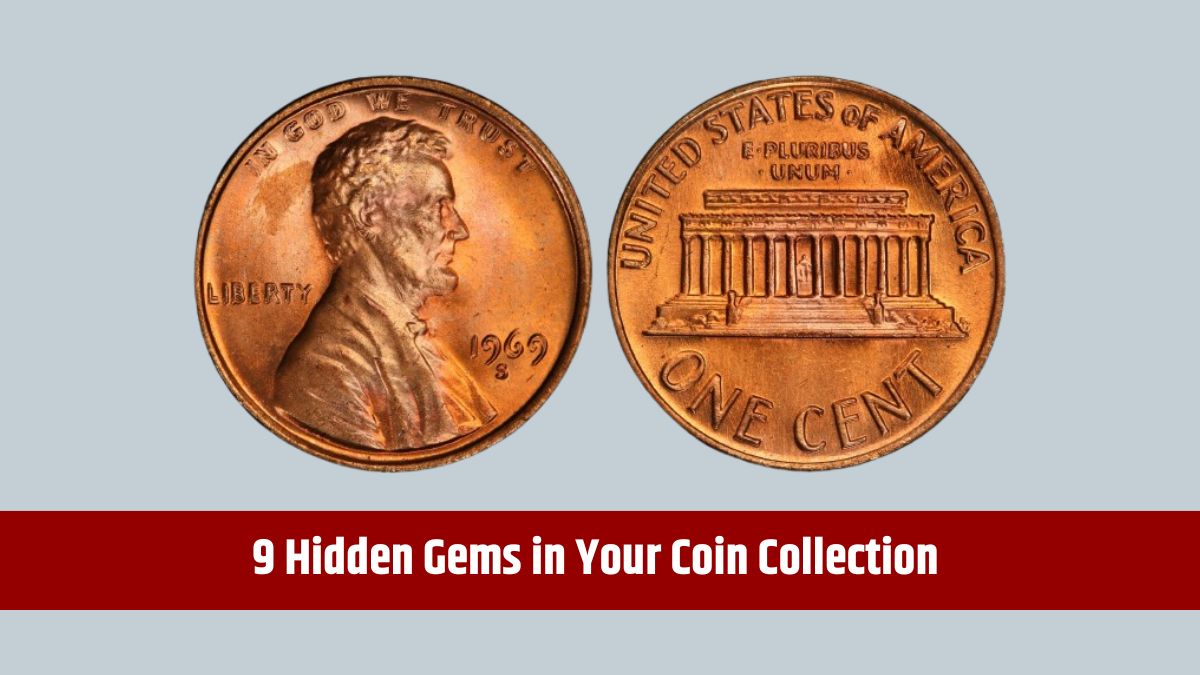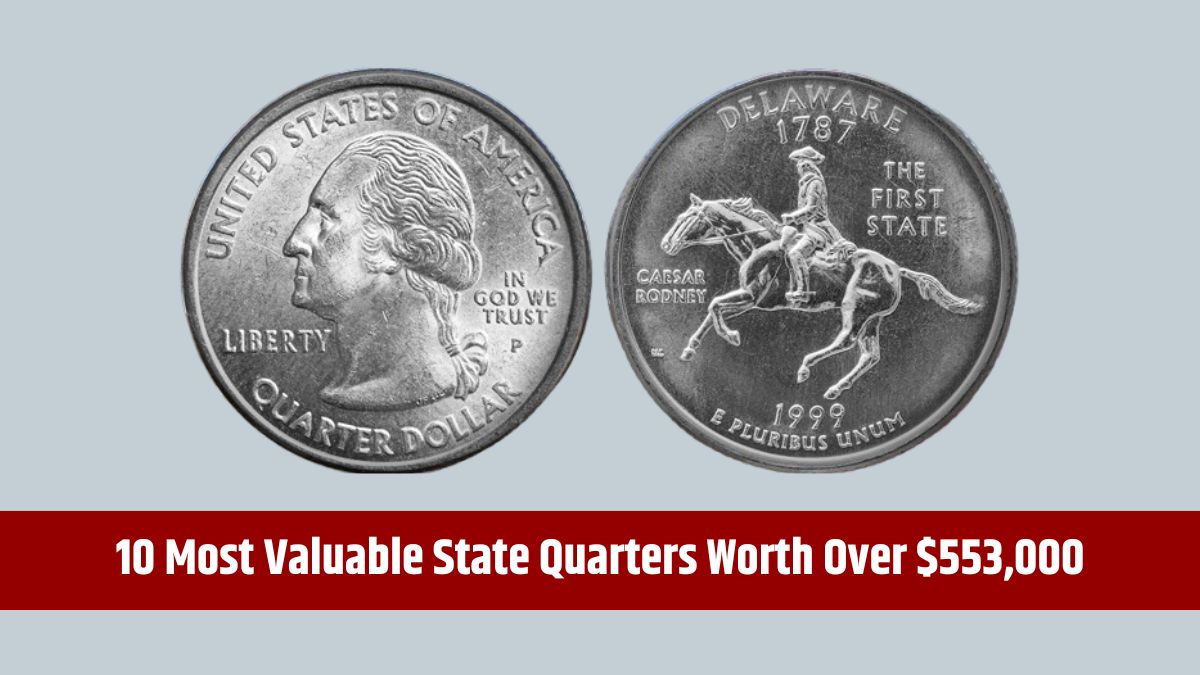Retirees need to stay updated with new rules impacting their required minimum distributions (RMDs) from retirement accounts this year. Retirement accounts like IRAs and 401(k)s offer great benefits, including tax-free growth, deductions, and matching contributions. However, the government requires you to eventually withdraw money from these accounts, leading to possible tax liabilities. This necessity is where RMDs come into play.
Managing the ideal combination of retirement accounts can be complex. Options include employer-sponsored plans like 401(k)s and 403(b)s, alongside individual retirement accounts (IRAs) such as Roth and traditional IRAs. According to a 2022 survey, over 90% of employers now offer Roth savings options within their 401(k) plans. Despite this, less than a quarter of employees are contributing to these Roth 401(k)s. A recent change in the RMD regulations, effective this year, might encourage more employees to utilize Roth 401(k)s.
Table of Contents
- 1 Roth 401(k)s
- 2 New RMD Rule in 2024
- 2.1 Tax-Free Growth
- 2.2 Social Security Issues Official Update – Important December Notice for Retirees
- 2.3 Flexibility
- 2.4 Simplified Planning
- 2.5 Social Security’s 2025 COLA Announcement – A Turning Point for Retirees
- 2.6 FAQs
- 2.7 How does the new RMD rule for Roth 401(k)s benefit retirees?
- 2.8 When does the new RMD rule for Roth 401(k)s take effect?
- 2.9 Do Roth IRAs have RMDs?
- 2.10 What is the new starting age for RMDs under the SECURE 2.0 Act?
- 2.11 Are more employees contributing to Roth 401(k)s now?
Roth 401(k)s
Roth 401(k)s have been around for about two decades and are becoming a common feature in employer-sponsored retirement plans. Similar to a Roth IRA, a Roth 401(k) allows employees to contribute after-tax dollars and enjoy tax-free withdrawals during retirement. While traditional 401(k) contributions reduce your taxable income for the year, Roth 401(k) contributions do not provide an immediate tax deduction. However, the benefit comes later, as the withdrawals, including earnings, are tax-free once you are 59 1/2 and meet the five-year rule.
A major downside of employer-sponsored retirement plans has been the RMD requirement. Before the SECURE 2.0 Act, individuals had to start taking RMDs from all 401(k) accounts at age 72, with the first distribution due by April 1st of the following year. The SECURE 2.0 Act has increased the starting age for RMDs to 73, beginning in 2023. Additionally, a new rule makes Roth 401(k)s even more appealing by eliminating the RMD requirement entirely.
New RMD Rule in 2024
Starting in 2024, savers with designated Roth accounts, such as Roth 401(k)s, will no longer be subject to RMD requirements. This means you will never have to withdraw money from your Roth 401(k) during your lifetime, aligning it with Roth IRAs, which do not require RMDs while the account holder is alive. This change offers several significant benefits:
Tax-Free Growth
With no RMDs, Roth 401(k) assets can grow tax-free indefinitely. This is a huge advantage for those who do not need immediate access to their retirement savings and wish to maximize their retirement nest egg.
Flexibility
Without the pressure of RMDs, individuals with Roth 401(k)s can choose when to withdraw funds based on their financial needs and goals. This flexibility allows for better retirement planning and management of tax liabilities.
Simplified Planning
Previously, rolling over a Roth 401(k) to a Roth IRA was a common strategy to avoid RMDs, but it could complicate matters due to the five-year rule. The new regulation simplifies retirement planning by removing the need for such rollovers, making it easier to manage retirement funds and plan for future financial growth.
This new rule is a game-changer for retirement planning. By allowing Roth 401(k) holders to skip RMDs, retirees can enjoy more freedom and potentially greater financial security in their golden years.
In conclusion, the new RMD rule starting in 2024 for Roth 401(k)s presents a significant advantage for retirees. The ability to let assets grow tax-free without mandatory withdrawals offers more flexibility and simplifies retirement planning. This change might encourage more employees to take advantage of Roth 401(k)s, ensuring a more secure and stress-free retirement.
FAQs
How does the new RMD rule for Roth 401(k)s benefit retirees?
It tax-free growth indefinitely without mandatory withdrawals.
When does the new RMD rule for Roth 401(k)s take effect?
The new rule begins in 2024.
Do Roth IRAs have RMDs?
No, Roth IRAs do not require RMDs during the account holder’s lifetime.
What is the new starting age for RMDs under the SECURE 2.0 Act?
The age is increased to 73, starting in 2023.
Are more employees contributing to Roth 401(k)s now?
Less than a quarter of employees are currently contributing to Roth 401(k)s.
